On this page we look at the shark life cycle and shark reproduction...
Sharks are highly successful animals. They appeared millions of years before the first mammals and have evolved numerous adaptations for finding and capturing prey. On this page, we take a look at another aspect of a shark’s lifestyle: its life cycle.
Page Index
- Shark Life Cycle
- Shark Reproduction
- The 3 Types Of Shark Reproduction
- Shark Vs Bony Fish Reproduction
- Discover More With Active Wild
Shark Life Cycle
- A male shark approaches a female, often biting her to signal his intention to mate. (Female sharks may produce pheromones to attract males.)
- Mating takes place. Fertilization takes place internally. Sperm from the male is transported via one of his “claspers” – a pair of appendages located behind the pelvic fins. The clasper is inserted into the female’s cloaca – an opening on the underside of the female’s body.
- Most sharks give birth to live young, but around 25% of sharks lay eggs in tough leathery egg-cases. These egg-cases are often known as “mermaid’s purses”.
- Shark pregnancies last from 9 months to a year – even longer in some species.
- The eggs of egg-laying sharks can also take many months – sometimes over a year – to hatch.
- Newly born / hatched sharks are known as “pups”.
- Sharks exhibit no parental care towards their young.
- Sharks can take many years (often over a decade) to reach sexual maturity.
The shark life cycle is characterized by long pregnancies, the production of well-developed young in relatively small numbers, and a lengthy period before sexual maturity is reached.
For example, the sand tiger shark Carcharias taurus (also called the grey nurse shark) gives birth to 1m (3.3. ft.) pups, with an average birth rate of under one pup per year.
The gestation period (pregnancy) of the basking shark is over 1 year (possibly up to 2 or 3 years), and individuals only reach sexual maturity at age 6 to 13.
Their slow reproductive rate can leave sharks vulnerable to new threats. This is because, with a long gap between generations, sharks are slow both to adapt to, and to recover from, changes in their environment.
Shark Reproduction
Sharks reproduce sexually, with males fertilizing eggs produced by females. (There are rare cases of asexual reproduction in sharks, with females producing young without mating via parthenogenesis.)
A female shark may release pheromones to signal that she is ready to mate. Male sharks are known to pursue and bite females to initiate mating.
Sharks reproduce using internal fertilization. Sperm is transferred to the female via one of the male shark’s claspers–a pair of appendages positioned behind the pelvic fin. The sperm travel along a groove in the clasper, which is inserted into the female’s cloaca – an opening with shared reproductive and waste functions.
The males of small, flexible sharks such as catsharks wrap themselves around the females while mating. Larger sharks position themselves alongside each other. The male shark may bite the female shark’s pectoral fins to hold her close.
Females of some shark species have thicker skin than the males to prevent injury while mating. Female blue sharks, whose skin is three times as thick as the males’, can be recognized by their scars.
3 Types Of Shark Reproduction
Sharks reproduce in three main ways: ovoviviparity, viviparity and oviparity.
Sharks that give birth to live young are either ovoviviparous or viviparous. Their embryos develop inside the mother’s uterus before being born.
Sharks that lay eggs are oviparous. Shark eggs are encased in leathery egg pouches known as “mermaid’s purses”.
Ovoviviparity In Sharks
Most sharks are ovoviviparous. The embryos hatch and develop inside the mother’s uterus before being born. Each embryo receives nutrients from a large yolk sac that is attached to its body while it develops.
Examples of ovoviviparous sharks include: great white shark, tiger shark, sand tiger shark, nurse shark, shortfin mako shark, basking shark, whale shark and salmon shark.
Viviparity In Sharks
The embryos of viviparous sharks receive additional nutrients from the mother while in the uterus via an umbilical cord (in a manner similar to that seen in placental mammals) before they are born.
Examples of viviparous sharks include: bull shark, blue shark, lemon shark, hammerhead sharks, oceanic whitetip shark, daggernose shark and common smooth-hound.
Oviparity In Sharks
Oviparous sharks lay eggs rather than give birth to live young. Around 25% of shark species are oviparous, laying fertilized eggs that are encased in egg-cases. The egg-cases of egg-laying sharks are often known as “mermaid’s purses”.
Examples of oviparous sharks include: bullhead sharks such as the horn shark and the Port Jackson shark; many species of catshark (some of which, confusingly, are known as dogfish), including small-spotted catsharks, swell sharks, and nursehounds.
Oophagy In Sharks
Oophagy is seen in several shark species. This is when the first embryos to develop eat the other eggs in the uterus. Some sharks, including the sand tiger shark, also eat their siblings. This behavior is known as “intrauterine cannibalism”.
Shark Vs Bony Fish Reproduction
Compared to bony fish, sharks produce relatively few young. The young of sharks are comparatively well-developed, and therefore more likely to survive to adulthood, than the fry of bony fish.
Sharks
Sharks are fish that belong to the class Chondrichthyes (a class is a group of related animals). Members of this class are known as “cartilaginous fishes”.
Sharks are not the only members of Chondrichthyes; the group also contains rays, skates, sawfish, and chimeras (fish such as ratfish, ghost sharks, and rabbitfish.)
The skeletons of cartilaginous fish are made of cartilage rather than bone.
Cartilage is a tough, flexible tissue that occurs in animals. If you want to know what cartilage feels like, give the tip of your nose or your ears a wobble; it’s cartilage that gives them that bendy, rubbery feel.
Chondrichthyes (cartilaginous fishes) is one of two large fish groups, the other being Osteichthyes: the “bony fish”.
Bony Fish
The vast majority of living fish are bony fish. As the name suggests, the skeletons of bony fish are made of bone.
Both sharks and bony fish reproduce sexually, that is, with males fertilizing eggs produced by females. However, there are differences in the mating strategies of the two groups.
- Sharks reproduce using internal fertilization, with male sex cells being transferred to the egg before it leaves the female’s body. (Therefore, the eggs of egg-laying sharks are fertilized before they are laid.)
- Most bony fish use external fertilization, with females laying unfertilized eggs. The unfertilized eggs are subsequently fertilized by the males.
The “scattergun” approach employed by bony fish is the reason that their eggs are often produced in vast quantities. This increases the chances of successful fertilization, but also produces a large amount of waste; only a few of the eggs will get fertilized, and a tiny fraction of the resultant fish will go on to reach adulthood.
Discover More With Active Wild
- Types Of Sharks: Shark Species List with Pictures & Facts
- Do Sharks Lay Eggs? Facts On Shark Eggs & Mermaid’s Purses
- Fun Facts On Sharks: Shark Facts, Information & Pictures
- Are Sharks Mammals or Fish?
- Marine Biology And The Role Of A Marine Biologist
- Megalodon Facts For Kids & Adults: Discover The Biggest Shark That Ever Lived
- Ocean Animals: A List Of Animals That Live In The Ocean With Pictures & Facts – Plus FREE question sheet
- The Marine Biome: Facts, Pictures, Ecosystems, Species & Threats


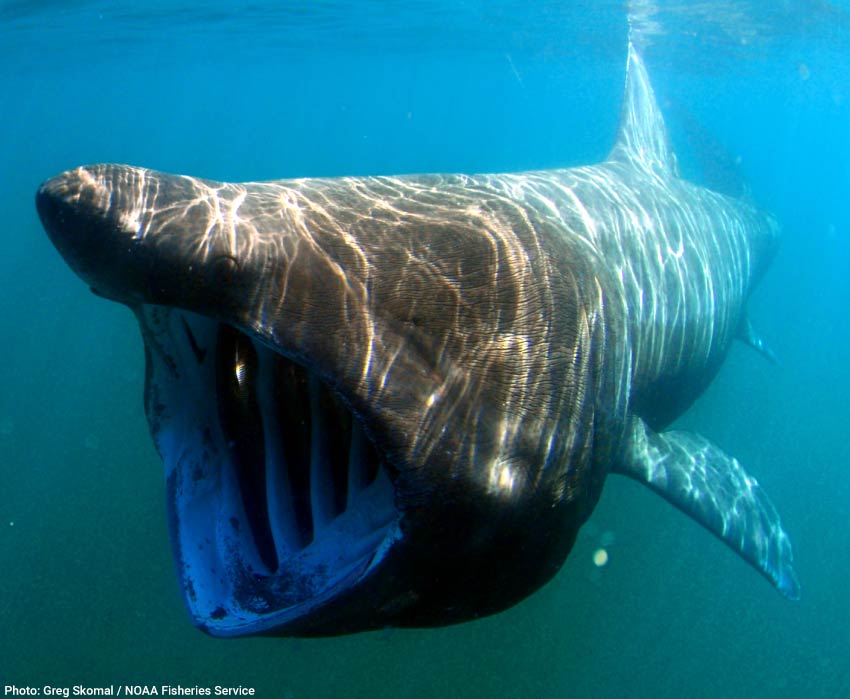
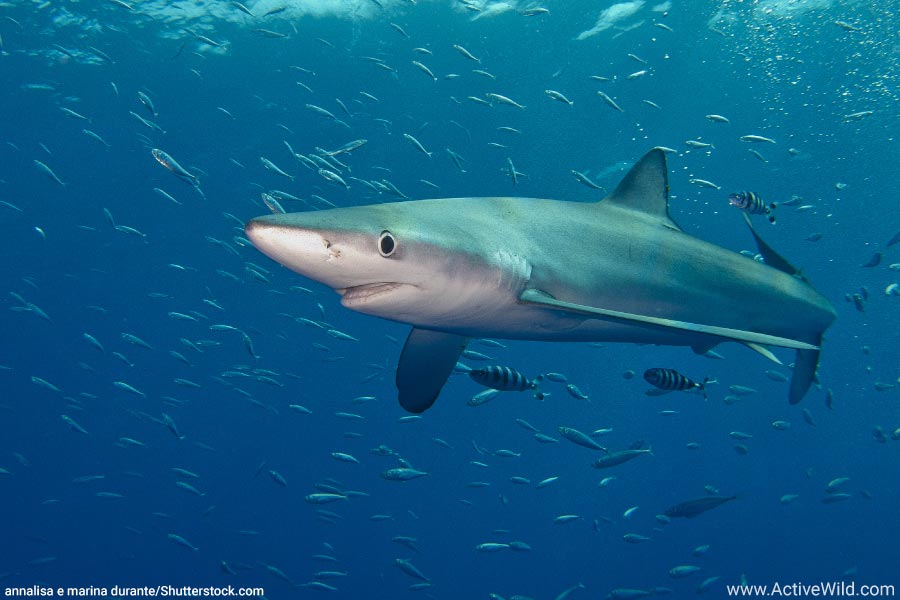

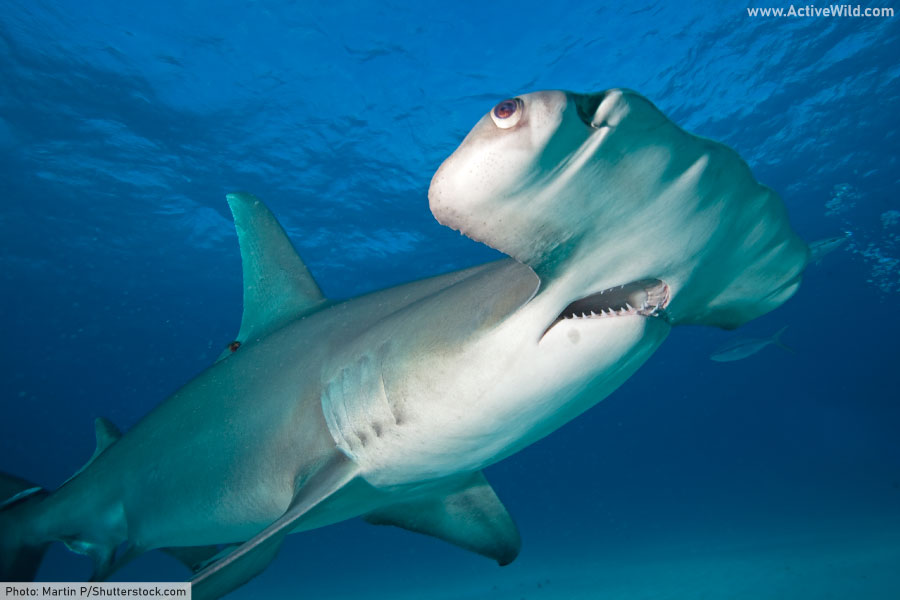
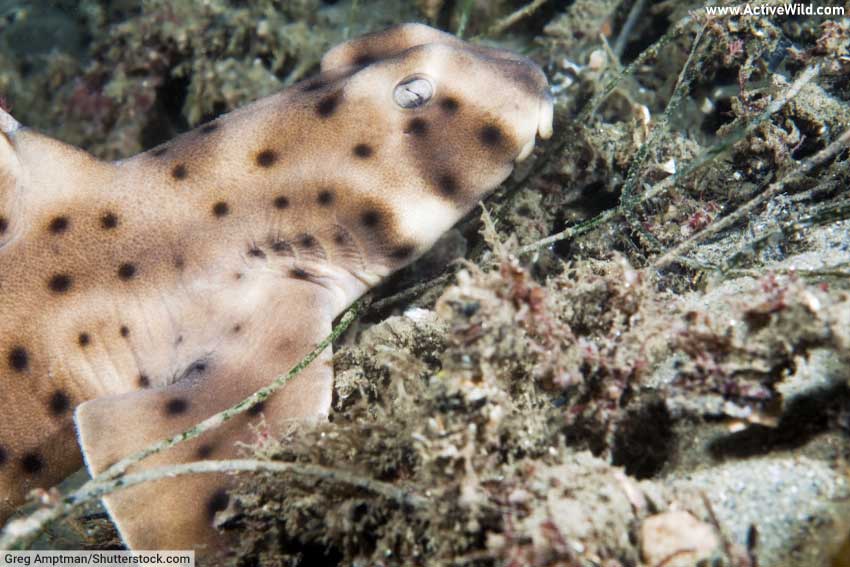
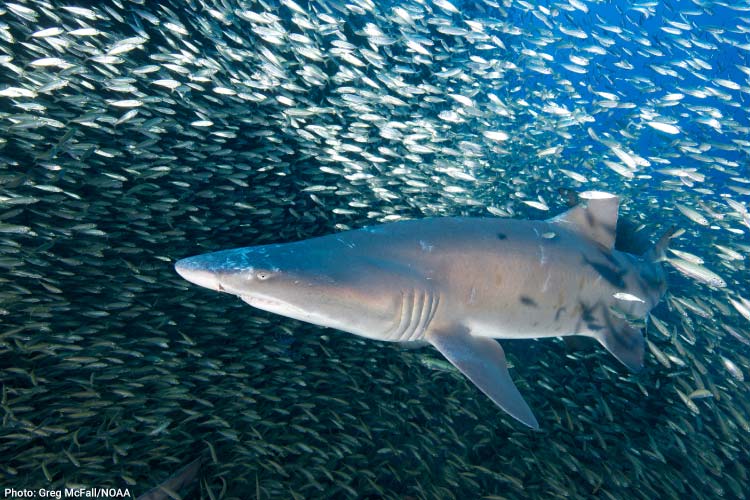

Please watch the film
YouTubeAngelsintheWater
This is the only Process account of the Process sharks have invented to have their young.
The Angel Sharks in the film are the oldest shark species still swimming in the ocean. They have a fossil evidenced heritage back 150 million years and in all that time have had the experience to learn more or less as much as can be learned.